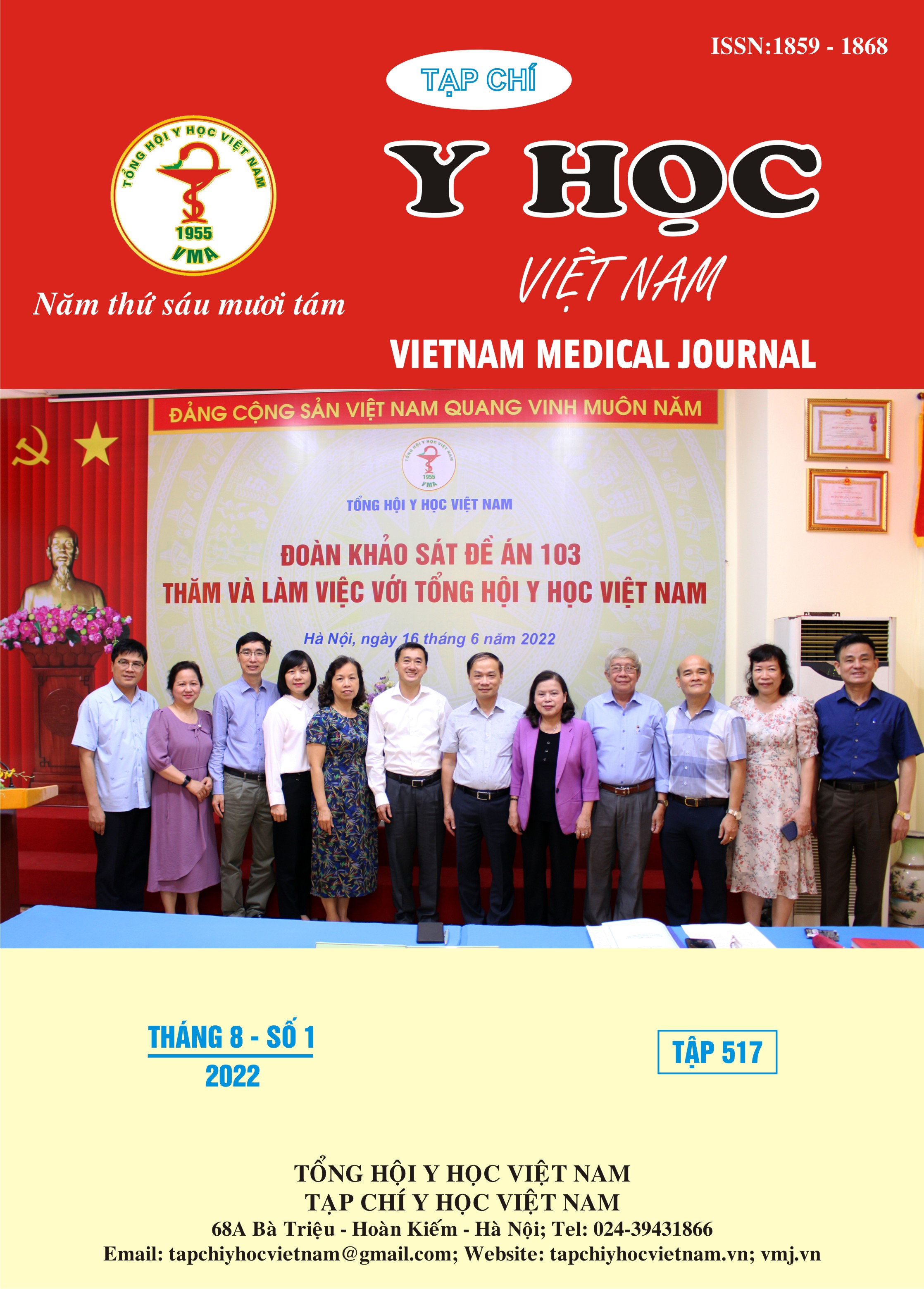A RELATIONSHIP BETWEEN CAUSES AND IN-HOSPITAL OUTCOMES IN PATIENTS WITH PERICARDIAL EFFUSION
Main Article Content
Abstract
Background: Pericardial effusion can be caused by a variety of causes. In Viet Nam, there are few studies which survey causes and in-hospital outcomes in hospital of pericardial effusion. Objective: To survey the relationship between causes and in-hospital outcomes in patients with pericardial effusion. Materials: Patients who diagnosed pericardial effusion at Cho Ray Hospital from January 2010 to December 2020. Methods: Retrospective cross-sectional descriptive study. Results: In 10 years, we collected 285 patients with pericardial effusion, there were 248 patients who met the inclusion criteria in our study. The median age of the study population was 52,3 ± 18,0 years old, and the male gender had 153 patients (61,7%). The most frequent etiologies were malignancy (48.4%), tuberculosis (21.0%), idiopathic (10.5%) and autoimmune diseases (7.3%), whereas bacterial causes were uncommon (4.8%). In the group of malignant pericardial effusion, the most frequent malignancies originated from the lung (52.5%), invasive mediastinal tumors (13.3%) and there was many cases (20.8%) that primary origins were unknown. Only 25.8% of patients had a history of malignancy in the group of malignant pericardial effusion. The rate abnormal cytology in pericardial effusion was only 24.5% in malignant group. The pericardial fluid appearance was bloody in 64.4%, and there was statistically significant difference between the 2 groups (p=0.0001). The bad short-outcomes (death or very servere) in hospital of malignant group were similar to non-malignant group (p=0.12) but the rate of acute cardiac tomponade was higher in maligant group (30.0% vs 18.0%, p = 0.026). Conclusion: The most frequent etiology of pericardial effusion at Cho Ray Hospital was maligancy. In maligant group, the most predonimant cause was lung cancer. The short worsed outcomes in hospital of malignant group were similar to non-malignant group but the rate of acute cardiac tamponate was higher.
Article Details
Keywords
pericardial effusion, maligancy, tuberculosis
References
2. Santas E, Núñez J. Prognostic implications of pericardial effusion: The importance of underlying etiology. International journal of cardiology. Jan 1 2016;202:407.
3. Imazio M, Colopi M, De Ferrari GM. Pericardial diseases in patients with cancer: contemporary prevalence, management and outcomes. 2020;106(8):569-574.
4. Ma W, Liu J, Zeng Y, et al. Causes of moderate to large pericardial effusion requiring pericardiocentesis in 140 Han Chinese patients. Herz. Mar 2012;37(2):183-7. doi:10.1007/s00059-011-3428-5
5. Pawlak Cieślik A, Szturmowicz M, Fijałkowska A, et al. Diagnosis of malignant pericarditis: a single centre experience. Kardiologia polska. 2012;70(11):1147-53.
6. Koga S, Ikeda S, Urata J, et al. Primary high-grade myofibroblastic sarcoma arising from the pericardium. Circulation journal : official journal of the Japanese Circulation Society. Feb 2008;72(2):337-9.
7. Ben-Horin S, Bank I, Guetta V, Livneh A. Large symptomatic pericardial effusion as the presentation of unrecognized cancer: a study in 173 consecutive patients undergoing pericardiocentesis. Medicine. Jan 2006;85(1):49-53.
8. Maisch B, Ristic A, Pankuweit S. Evaluation and management of pericardial effusion in patients with neoplastic disease. Progress in cardiovascular diseases. Sep-Oct 2010;53(2):157-63.


